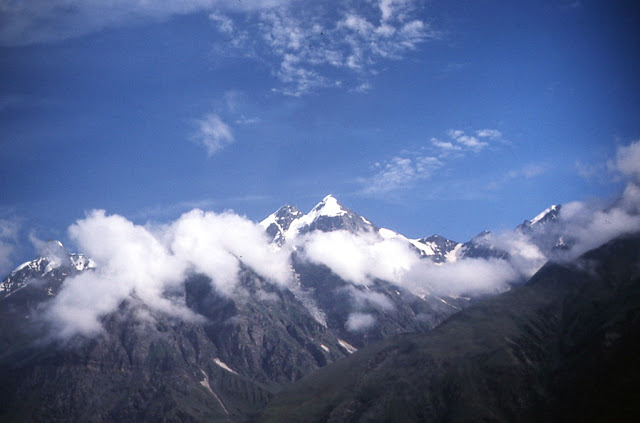Famous Peaks & Early Climbing In Himachal Pradesh.
geography
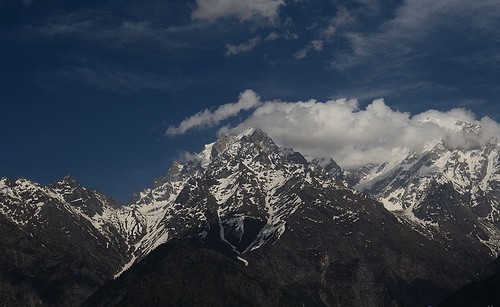
Jorkanden (6473 M)
Rangrik Rang (6553 M)
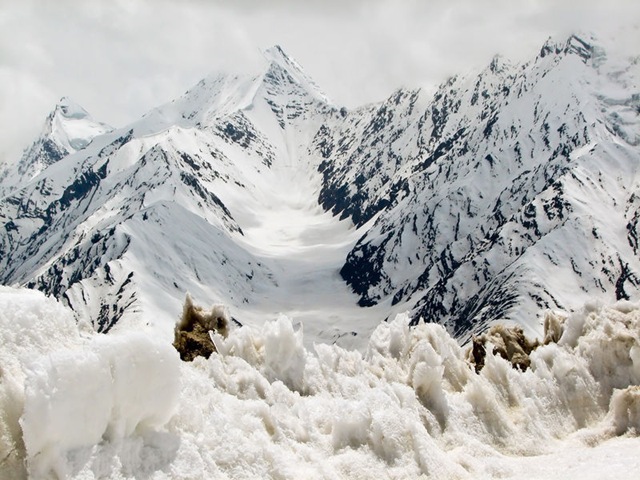
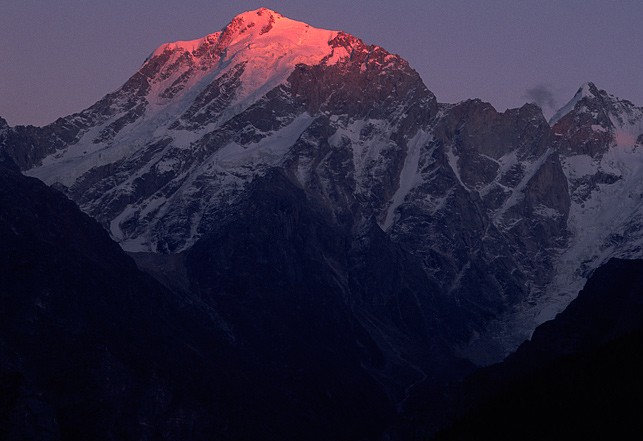
Reo Purgyil (6816 M)
Hansbeshan (5240 M)

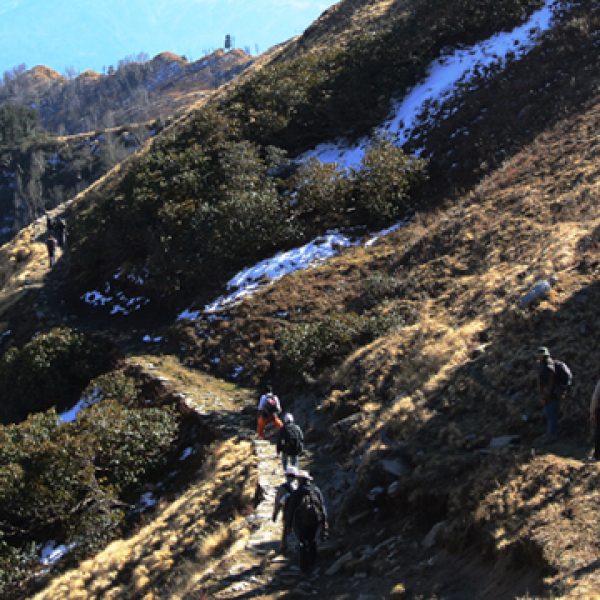
Swargarohini (6252 M)
Bandarpunch western (6102 M)
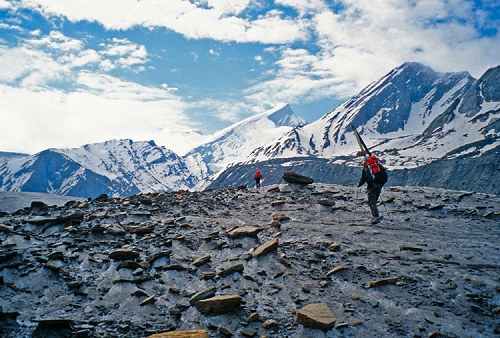
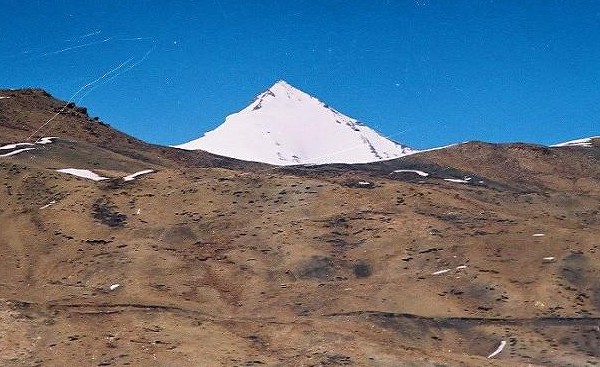
Shila (6132 M)
Gyagar (6400 M)
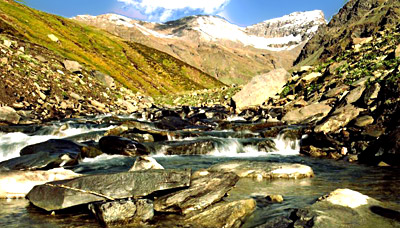
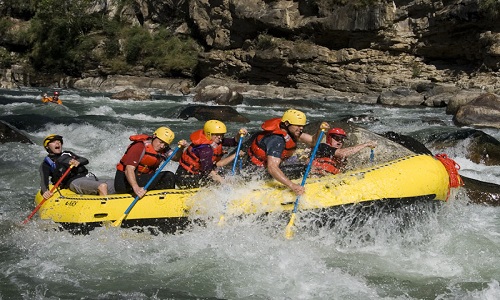
Gaya (6794 M)
The highest peak in Himachal Pradesh stayed unidentified until the delayed 1980’s. This fantastic stone monolith at the tri-junction of Spiti (Lingti valley), Laddakh (Rupshu) and Tibet (Pare-Chu) provides a lengthy and challenging strategy to the platform of one of the best rock-climbing difficulties still remaining. After the beginning exploration of the tracks in 1983 and 1987 (Harish Kapadia), the peak was being contacted via Lingti area when it was possible to combination the stream stuff.
The efforts by this path in 1996 and 1997 achieved great on the hill and risen close by peak. An military group in 1995 stated an climb which was did not approve in analysis. In 1997 a powerful and large group from SAARC nations tried the peak from the northern (Col H.S. Chauhan). They too misidentified the primary optimum. Thus Gaya continues to be unclimbed.
Ratang Tower (6170 M)
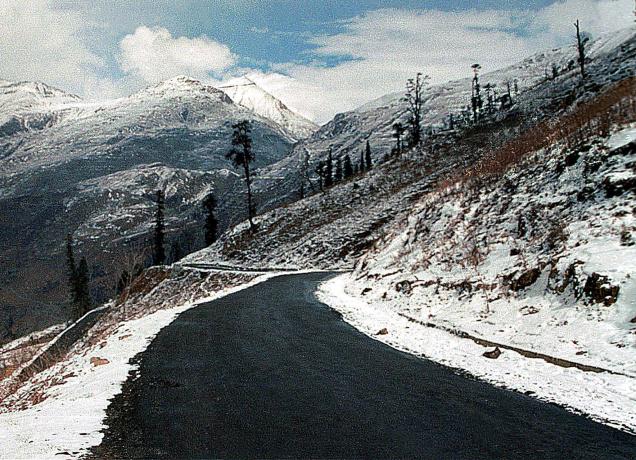
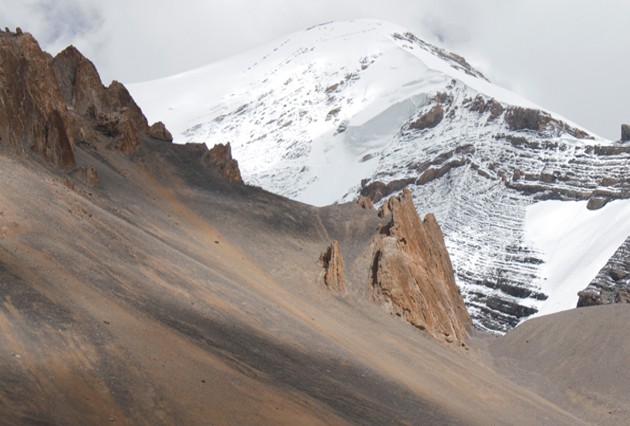
Manirang (6593 M)
Parilungbi (6166 M)
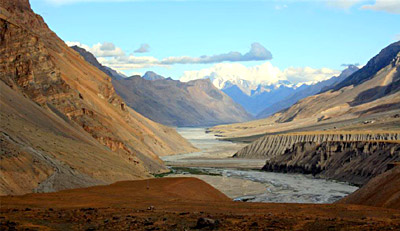
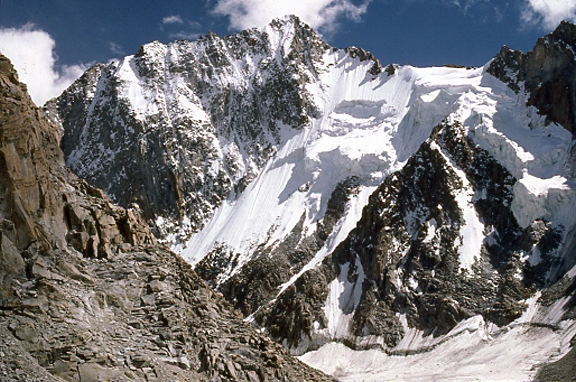
Central Peak (6285 M)
Manimahesh Kailash (5,655 M)
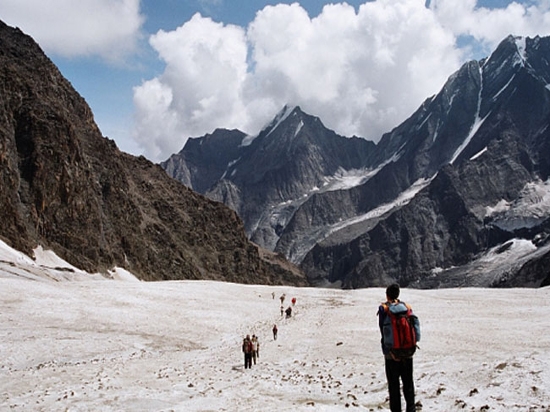
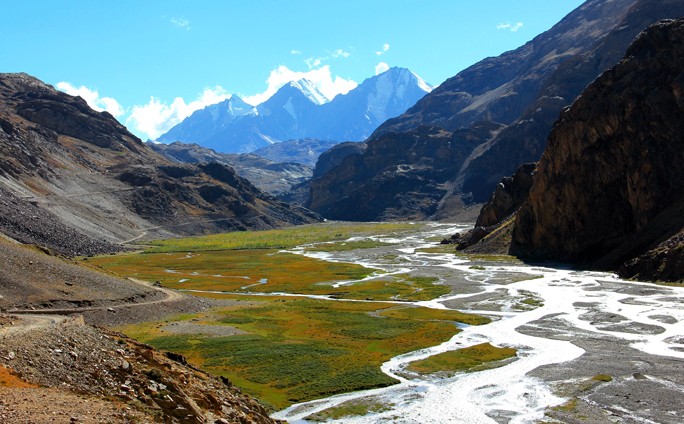
Papsura (6,451 M) and Dharmsura (6,446 M)
A popular peak on the watershed splitting the Tos and the Brara Shigri glaciers in Lahaul, Papsura is the peak of wicked. To its southern east is Dharmsura which is the peak of Excellent. Papsura was first risen in 1976 by a English group which came over the Malana glacier, surpassed the pass of the Creatures and the Papsura glacier to go up the european couloir of the southern experience to the peak, despite a car incident to the first peak group.
Several trips have puzzled Dharmsura with Papsura. Dharmsura (previously known as White-colored Sail) was first risen by a English adventure in 1941.
Gepang Goh (5870 M)
